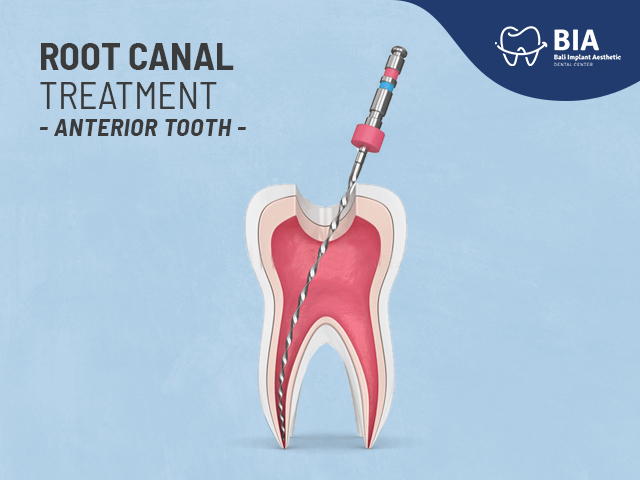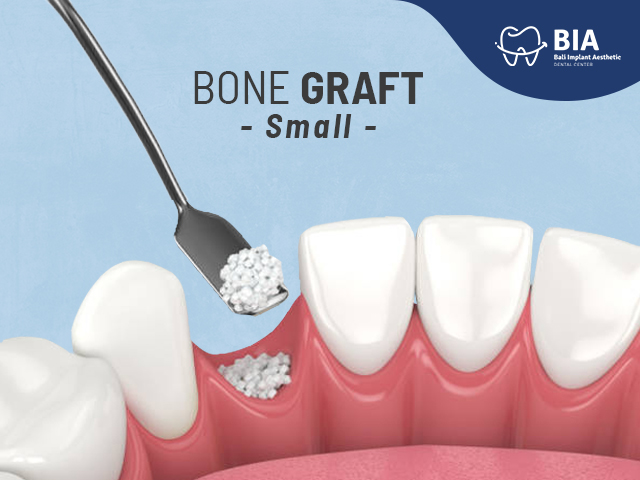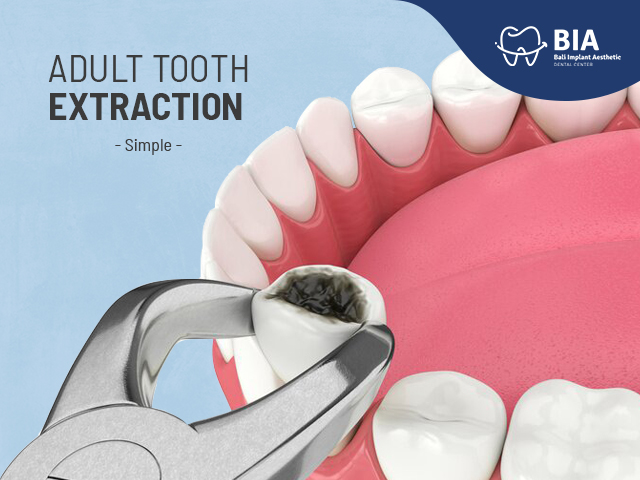General Anesthesia in Impacted Tooth Surgery: Steps and Pre-Anesthesia Preparations
Article | 2024-02-28 10:48:58
Home » Articles » General Anesthesia in Impacted Tooth Surgery: Steps and Pre-Anesthesia Preparations
General Anesthesia in Impacted Tooth Surgery: Steps and Pre-Anesthesia Preparations
Impacted tooth surgery often requires the administration of general anesthesia to ensure that patients do not experience pain during the procedure. Here are the steps involved in the administration of anesthesia for impacted tooth impaction, including pre-anesthesia preparations:
Pre-Anesthesia Preparations:
Medical History Evaluation: Before administering anesthesia, the anesthesiologist must conduct a thorough evaluation of the patient's medical history. This includes assessing the condition of organ systems, history of previous surgeries or illnesses, allergies, past anesthesia experiences, level of physical activity, and smoking habits.
Physical Status and Risk Assessment: The anesthesiologist determines the patient's physical status by measuring height, weight, body mass index, and conducting laboratory tests. Vital signs and lung examinations are also performed to assess the patient's risk, referring to the classification of the American Society of Anesthesiologists (ASA).
Determination of Anesthetic Technique: Based on the evaluation results, the anesthesiologist determines the appropriate anesthesia method considering the patient's condition, the need for pain and anxiety control, and the type of surgical procedure to be performed.
Informed Consent for Anesthesia Procedure: Patients and their families are provided with comprehensive information about the anesthesia plan, including risks, benefits, expected outcomes, and complications. The anesthesiologist obtains written consent from the patient or their family before proceeding with the anesthesia procedure.
Anesthesia Procedure Preparation: Anesthesia procedure preparation includes guidelines for fasting before elective surgery, administration of pre-anesthetic medications, planning postoperative management, and complete documentation of the anesthesia plan.
General Anesthesia Procedure:
After pre-anesthesia preparations, the steps involved in general anesthesia for impacted tooth surgery include:
Administration of Local or General Anesthesia: The anesthesiologist can choose between local or general anesthesia depending on the complexity of the surgery and the patient's needs. Local anesthesia is administered in the area to be operated, while general anesthesia puts the patient to sleep throughout the procedure.
Monitoring During the Anesthesia Process: Patients are closely monitored during the anesthesia procedure to observe responses and address potential issues. This involves monitoring vital signs such as blood pressure, heart rate, and blood oxygen levels.
Pain and Anxiety Management: During surgery, the anesthesiologist is responsible for managing pain and anxiety to ensure the patient's comfort during the procedure. With these steps, the administration of anesthesia for impacted tooth surgery can be conducted safely and effectively, providing assurance that patients will feel little to no pain during the procedure and recovery period.
Reference:
KEMENKES RI NOMOR HK.01.07/MENKES/777/2022
Contact Information:
BIA (Bali Implant Aesthetic) Dental Center
Jl. Sunset Road No.168, Seminyak, Badung, Bali Indonesia 80361
+6282139396161




